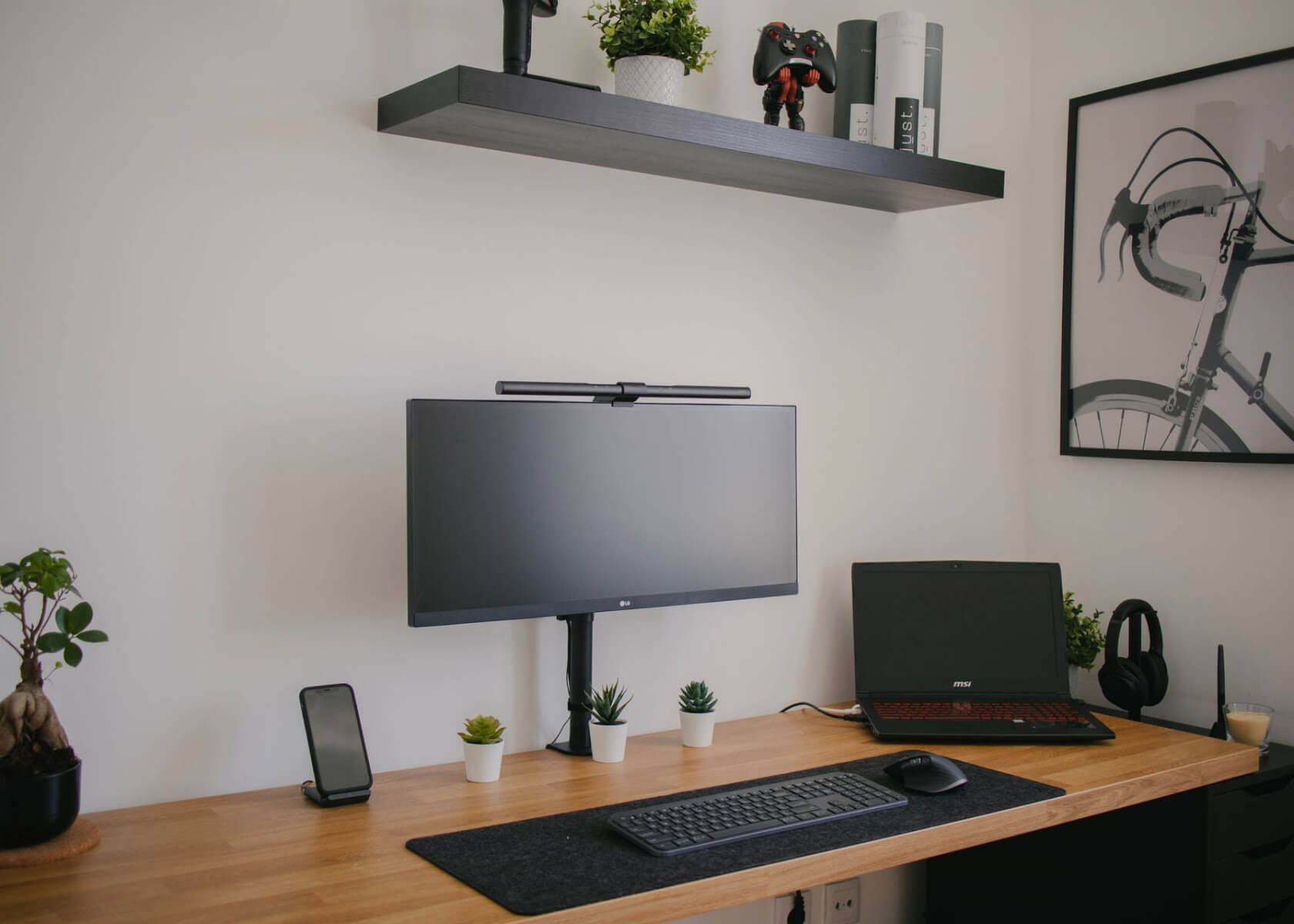Create an Effective Project Planning Dashboard in Notion for Visualizing Project Timelines, Milestones, and Progress

New to Notion?
How to Create a Project Planning Dashboard in Notion
Project planning is an essential process to ensure the success of any project. Notion, a powerful productivity tool, offers an excellent platform for creating project planning dashboards that help visualize project timelines, milestones, and overall progress. In this article, we will guide you through the updated steps to create an effective project planning dashboard in Notion using its latest features and best practices. Let's get started!
Step 1: Set Up a New Database
Begin by setting up a new database in Notion to store all your project-related information. Click on the Add a Page button and select Database from the menu. Give your database a meaningful name and choose the properties you want to track, such as project name, start date, end date, milestones, and progress. With recent updates, you can also integrate Notion’s API to connect your database with other tools for seamless data transfer.
Step 2: Create Views for Timeline and Kanban Board
With your database in place, it’s time to create different views for your project planning dashboard. Notion now offers a wide variety of view options including list, table, timeline, and kanban board.
- For visualizing project timelines, create a Timeline view.
- For representing project progress and milestones, create a Kanban Board view.
Customize these views to display the most relevant information for your team. For inspiration on design, check out this guide on keeping your dashboard visually appealing.
Step 3: Populate the Database with Project Information
Once your database and views are ready, populate it with your project details. Add new project entries by clicking on the Add a New Row button and filling in specifics such as project name, start date, end date, milestones, and progress. You can include additional properties if needed, such as priority levels or assigned team members, to better tailor the dashboard to your needs.
Step 4: Set Up Relations and Filters
Notion makes it easy to create relationships between different elements on your dashboard. Set up relations to link tasks to milestones or to associate resources directly with specific projects. Apply simple filters to display only the relevant information based on criteria like project status or due dates. This organization streamlines your workflow and helps maintain focus on priorities.
Step 5: Track Progress and Update Milestones
As your project evolves, it’s important to keep the dashboard updated. Regularly modify the property values to reflect current progress and update milestones accordingly. Add new tasks or revise existing ones as needed. With Notion’s real-time collaboration feature, team members can update the project simultaneously, ensuring everyone remains on the same page.
Step 6: Customize the Dashboard for Visual Appeal
Customization is key to making your project planning dashboard both functional and attractive. Notion allows you to adjust colors, icons, and formatting options to suit your needs. Use different colors to represent project statuses, milestones, or priorities, and add icons to distinguish between various elements. Additionally, you can format text using Markdown (for instance, using inline code like Ctrl + A for shortcuts) to emphasize important details. A well-customized dashboard improves readability and boosts team engagement.
Step 7: Collaborate and Share with Team Members
One of Notion’s strongest features is its robust collaboration capability. Invite team members to view and contribute to your dashboard with just a few clicks. With real-time updates, everyone involved can track project progress together. Manage access permissions carefully to ensure that editing rights and visibility levels are properly set for each team member.
Step 8: Automate Workflows and Integrations
Notion supports a variety of integrations and automation tools to further streamline your project planning. You can integrate Notion with calendars, project management software, communication platforms, and many other tools. Recent improvements include direct connections with automation services like Zapier and enhanced native API capabilities. These integrations enable seamless data synchronization, automated task management, and efficient communication across your tools.
In conclusion, creating a project planning dashboard in Notion can significantly enhance your project management capabilities. By following these steps, you can build a comprehensive dashboard that visualizes project timelines, milestones, and progress while taking full advantage of Notion’s flexibility, customization options, and collaboration features. Start leveraging Notion’s power today and take control of your project planning!


